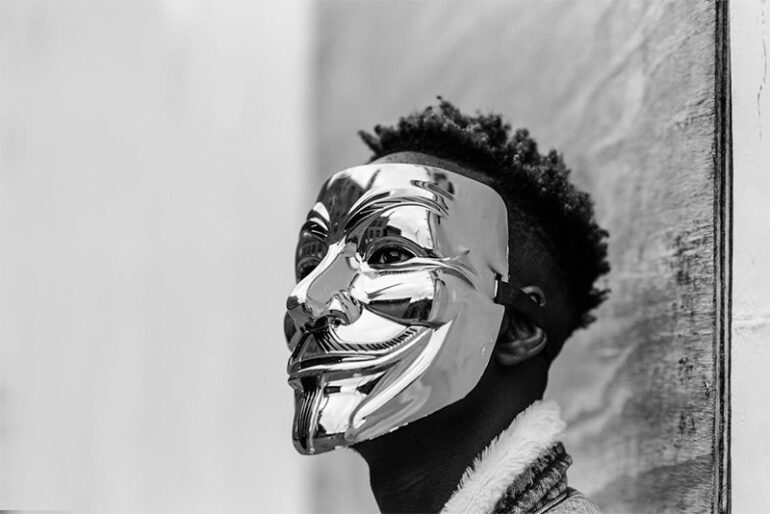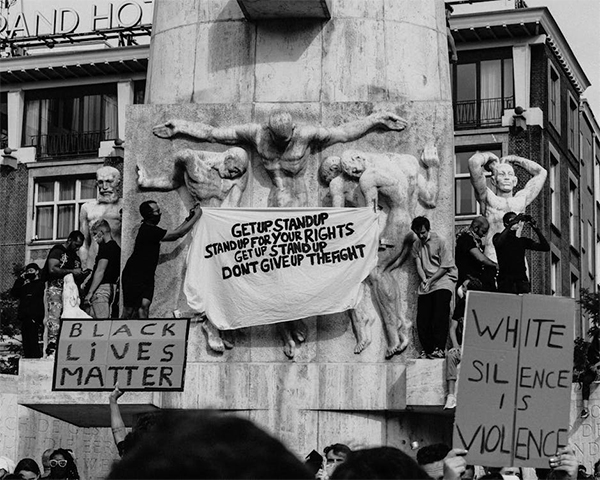Visual representation is essential in forming society conversation as it provides a different prism through which difficult problems can be seen and resolved. Using many creative media helps authors to reduce complex ideas into understandable images that appeal to different viewers. Art’s transforming ability not only builds empathy but also acts as a driver of social change, allowing communities to interact with urgent issues in significant ways. Visual art becomes a key tool for encouraging group action and advancing justice by means of the mix of creativity and advocacy.
The Power of Visual Representation
Often overcoming linguistic boundaries, visual depiction is a powerful technique for expressing difficult ideas and feelings. Whether it’s digital graphics, posters, or murals, artwork captures the core of a movement and inspires empathy and unity among many different viewers. Artists can motivate action and strengthen a feeling of community by simplifying complex social concerns into arresting images. Visual art is an essential component in gathering support and increasing awareness for many issues as its instant resonance lets it really connect.
Art as a Tool for Resistance
One frequently finds creative expression as a potent means of opposition against injustice and persecution. Using their work to question society standards and draw attention to the hardships experienced by underprivileged groups, artists use their talents to challenge prevailing stories. By use of many media—performance art, street installations, and music—these manifestations may inspire people to come together and oppose systematic inequality. Making art itself turns into a message of resiliency, inspiring hope and motivating group efforts against hardship.
The Intersection of Art and Activism
The dynamic interplay produced by artists and activists magnifies the power of social movements. Combining grassroots organization with creative vision helps this alliance produce creative ideas that include and empower groups. Art may inspire people to face difficult facts and see other futures, therefore acting as a catalyst for conversation. Events include art displays, performances, and community seminars not only increase awareness but also enable people to participate in the movement, therefore supporting the theory that activism and creativity are entwined forces for transformation.
Ethical Considerations in Artistic Activism
Negotiating the complexity of creative activism calls for a careful attitude to ethics and representation. Artists have to think through the consequences of their work so as to make sure it does not mislead or profit from the people they want to assist. Transparency in cooperation is very important; furthermore, sensitivity to cultural settings and the views of underprivileged groups is vital. More real and powerful art honoring the experiences of individuals engaged while promoting honest communication and understanding results from balancing artistic expression with social responsibility.
In the field of activism, visual depiction not only enhances the conversation on social concerns but also helps different groups to develop a common goal. Communities can heal divisions, increase underprivileged voices, and motivate group action by using the transforming power of art. This connection between social justice and creativity emphasizes the possibility of art to not only reflect society issues but also actively build a more fair future, therefore asking everyone to join in the continuous story of change.
Photo Attribution:
1st & featured image by https://www.pexels.com/photo/black-activist-wearing-anonymous-mask-as-sign-of-protest-5721097/
2nd image by https://www.pexels.com/photo/people-standing-near-monument-with-placards-4561558/

